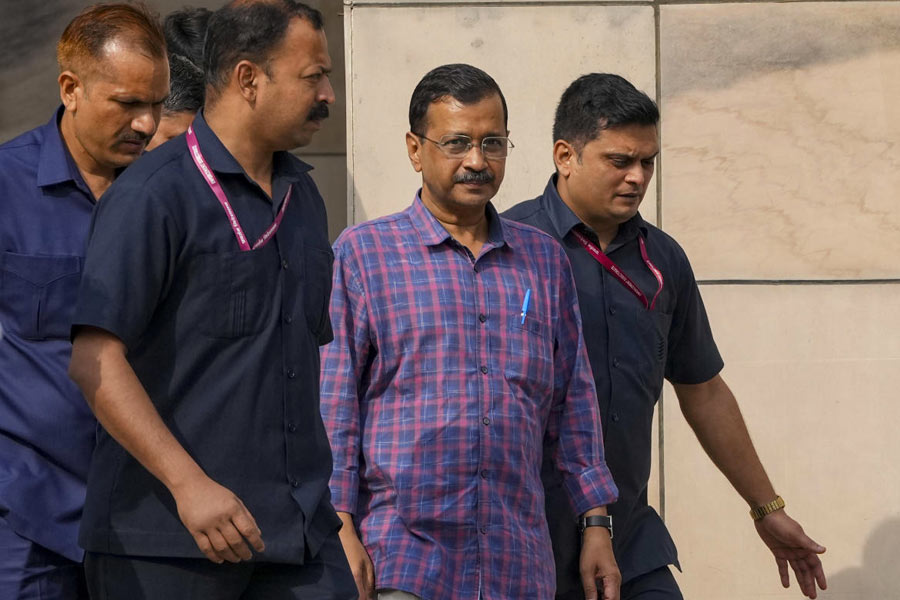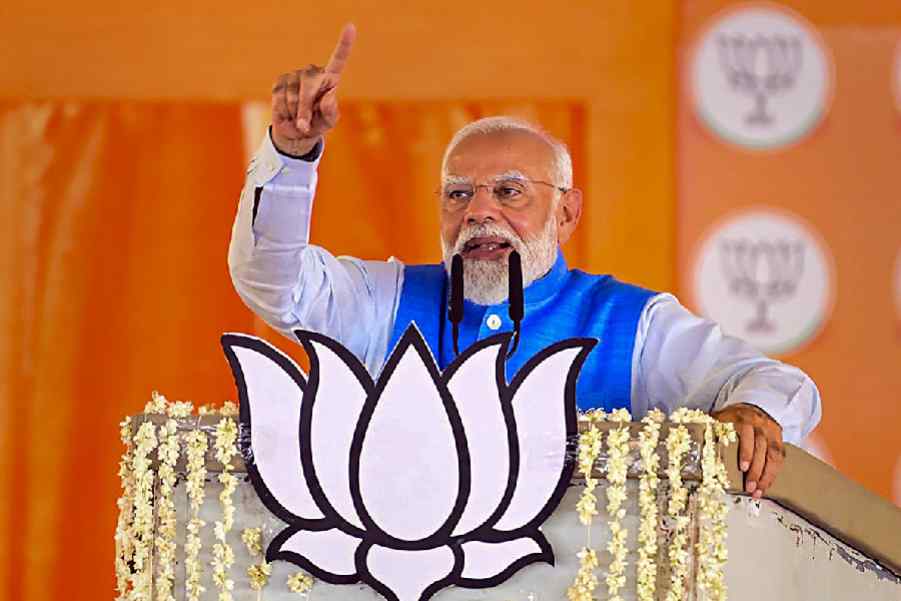Yes Bank’s designate chief executive Prashant Kumar says he’s confident a government-organised bailout of the lender means it will remain a “going concern” despite the bank posting its biggest-ever quarterly loss due to a massive pile of bad loans.
Kumar’s optimism stems from the newly announced rescue of the bank by a consortium of lenders led by the State Bank of India (SBI).
'The proposed capital infusion and the bank's strong customer base and branch network will enable the bank to continue its business for the foreseeable future, so as to be able to realise its assets and discharge its liabilities,' Kumar said.
Kumar was appointed by the Reserve Bank of India (RBI) as Yes Bank’s administrator and will take charge of the 16-year-old institution as chief executive Wednesday to implement the government’s “reconstruction plan” for the lender.
Still, Kumar’s task to save the bank may be far tougher than initially anticipated as highlighted by the bank’s third-quarter results that were released late Saturday night. Yes Bank, whose troubles are attributed to reckless lending by founder and former managing director Rana Kapoor, swung to a net loss of Rs 18,564 crore in the third-quarter of fiscal year 2019-20 from a profit of Rs 1,001 crore in the same year-earlier period.
Kapoor, who sanctioned Rs 20,000 of bad loans, according to the Enforcement Directorate, now is in custody facing accusations of money laundering.
Analysts had expected Yes Bank to slide into the red in the third quarter. But the loss posted by India’s fifth-biggest private sector bank was far larger than the Rs 5,700 crore forecast by analysts and has cast a further shadow over the country’s already stressed banking and corporate scene. Yes Bank said its loss would have been an even greater Rs 24,778 crore if it hadn’t received a tax writeback of Rs 6,214 crore.
Under the rescue plan, the SBI will hold a stake _ between 26 per cent and 49 per cent _ in Yes Bank over the next three years. At least Rs 10,999 crore of equity capital will be injected into the bank following allotment of shares to the SBI and other investors. Some eight private banks, which include Kotak Mahindra, ICICI, HDFC and Axis, have been pressed by the government to take part in the bailout along with the SBI.
Consortium of lenders
It’s a first-of-its-kind rescue of a bank in India using a consortium of lenders. The SBI will invest at least Rs 6,050 crore while the private lenders will put in anything from Rs 250 crore to Rs 1,000 crore. Some 75 per cent of the sums invested will be locked in for three years. In the past, failing banks were usually paired with a stronger bank to ensure they didn’t go under.
The RBI said it acted “in the absence of a credible revival plan and in the public interest and in the interest of the bank’s depositors.” Still, critics say the RBI should have woken up months ago to the problems of Yes Bank, once seen as a star in the country’s private banking sector, instead of allowing its loan difficulties to snowball.
Yes Bank’s list of stressed borrowers include the Anil Ambani group companies, Essel Group, Dewan Housing and IL&FS.
Red flag raised in 2015
Way back in 2015, financial services firm UBS flagged Yes Bank’s explosive growth in a report, noting that the bank was more vulnerable to big corporate defaults than its peers. Kapoor, in fact, was known jokingly in financial circles as the “lender of last resort” for his willingness to take risky loan bets.
The dire third-quarter numbers came just a week after the RBI took charge of the bank and slapped a Rs 50,000 limit on monthly withdrawals as part of a bid to prevent a run on the bank. That moratorium is slated to expire on Wednesday and afterwards the central bank, as the lender of last resort, is expected to provide liquidity support as needed. Analysts said they couldn’t rule out a rush by depositors to withdraw their money after the moratorium is lifted.
The sour loans on the bank’s books have rocketed in the last year. Gross non-performing assets (GNPAs) surged to 18.7 per cent of the bank’s loan book from just 2.1 per cent of the loan book in the year-ago third quarter. That gross NPA number, by the way, was way bigger than expected by analysts who had forecast bad loans would represent about 12 per cent of Yes Bank’s loan book in the third quarter. Of those non-performing assets, some 97 per cent are corporate loans.
Yes Bank also wrote down “in full” its bonds classified as “Additional Tier 1 Capital” which were introduced after the 2008-09 global financial crisis. They offered higher than prevailing interest rates. In return, though, investors had to accept they could lose their investment if the bond funds were required to increase the bank’s capital.
Another black mark
Analysts say this writedown will count as another black mark for the rest of the already troubled Indian financial sector when it seeks to raise funds. Bad debt was already a big problem for India’s financial sector, even before the Covid-19 outbreak hit the global economy, and now those problems could mount given the anticipated growth downturn.
The bank increased its provision coverage ratio in the third quarter to 73 per cent in line with peer banks from 43 per cent in the second quarter, which gives the lender a stronger foundation on which to raise further capital and fix its ailing balance sheet. The higher provision coverage ratio “enhances the ability to offload these bad assets from the balance sheet,” the bank said in a statement. Instead of loans to big corporates, Yes Bank said it will focus on retail loans, “maintaining digital leadership” and cleaning up its balance sheet.
The bank’s crucial Core Equity Tier 1 ratio -- which is a measure of a bank's capacity to absorb potential losses-- crashed to 0.6 percent in the December quarter -- way below the minimum regulatory requirement of 7.375 per cent. (The Crore Equity Tier 1 ratio stood at 8.7 per cent in the September quarter). The overall capital adequacy ratio plunged to 4.2 per cent from 16.3 per cent in the preceding quarter.
Losing depositors
Unsurprisingly, Yes Bank has also kept losing depositors. As of the end of December, the bank’s outstanding deposit base had fallen to Rs 1.65 lakh crore from Rs 2.09 lakh crore. On March 5, the bank said total deposits had fallen to Rs 1.37 lakh crore. The rush of customers to pull out their deposits is most apparent in the savings account segment. As of December 31, savings account deposits had tumbled to Rs 29,764 crore from Rs 44,579 crore in the year-ago period.
Still, despite the challenges facing Yes Bank, analysts are optimistic that the government’s rescue plan for the lender will work. “Unlike in the past instances, when failing banks -- Global Trust Bank, United Western Bank -- were merged with other sound banks, the government’s intention this time is to ensure Yes Bank is revived to the extent that it is able to operate independently,” said brokerage Nirmal Bang in a research note.
“Given the value of Yes Bank’s brand, tech platform, corporate banking platform, among others, the bank is capable of sustaining itself,” Bang added.










